Commemorating D-Day
D-Day, also known as Operation Overlord, was a significant military operation that took place during World War II. It was the largest amphibious invasion in history and marked the beginning of the liberation of German-occupied Western Europe.
D-Day occurred on June 6, 1944. It was meticulously planned and executed by the Allied forces, primarily led by the United States, Great Britain, and Canada, with contributions from several other nations. The objective was to establish a foothold in Normandy, France, and create a second front against Nazi Germany.
The operation involved the landing of over 156,000 Allied troops on the beaches of Normandy. The invasion force was supported by more than 13,000 aircraft, including bombers, fighters, and transport planes, as well as a massive fleet of naval vessels, including battleships, cruisers, destroyers, and landing craft.
The Normandy coast was divided into five sectors, codenamed Utah, Omaha, Gold, Juno, and Sword. The American forces landed at Utah and Omaha, while the British and Canadian forces landed at the other three sectors. The landings were met with heavy resistance from the German defenders, especially at Omaha Beach, where the American troops faced significant casualties.
Despite the initial difficulties, the Allied forces managed to secure the beachheads and begin the liberation of Western Europe. In the following weeks and months, they pushed inland, engaging in fierce battles with the German forces. The success of D-Day eventually led to the Allied victory in Europe and the downfall of Nazi Germany.
D-Day remains a symbol of courage, sacrifice, and teamwork. It was a turning point in World War II and played a crucial role in shaping the course of history. The bravery and determination displayed by the Allied forces on that day continue to be honored and remembered.
-
 2:02:25
2:02:25
EmpowerUAmerica
11 months agoThe 79th Anniversary of D-Day
59 -
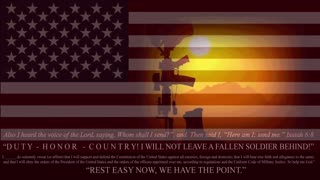 9:55
9:55
TACTICOREMEMES
1 year ago79th Anniversary of D-Day - FDR and GEN Ike's speeches with AI Remastered D-Day Video
6631 -
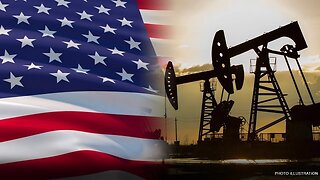 3:32
3:32
SDBisalive
1 year agoMemorial Day 2023
3 -
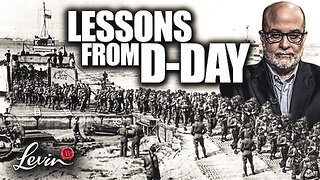 16:39
16:39
Mark Levin Show
11 months agoLessons from D-Day
20.2K19 -
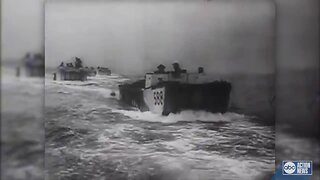 1:25
1:25
WFTS
5 years agoD-Day 75th Anniversary
41 -
 1:55
1:55
California State Militia 1st Regiment
1 year ago20230529 - Memorial Day
13 -
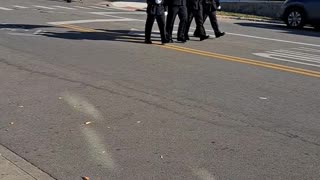 1:05
1:05
UncleRayWigdal
6 months agoVeterans Day (Armistice Day) celebrating our victor in WW1 1918
1 -
 1:23
1:23
INSH
5 years agoThis Is Why We Observe Remembrance Day
2 -
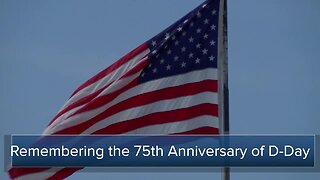 1:08
1:08
WTMJMilwaukee
5 years agoRemembering D-Day 75 years later
46 -
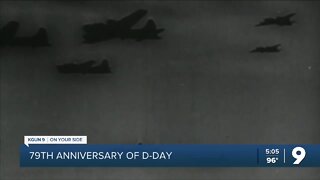 0:36
0:36
KGUN
1 year agoD-Day Invasion 79th anniversary
3